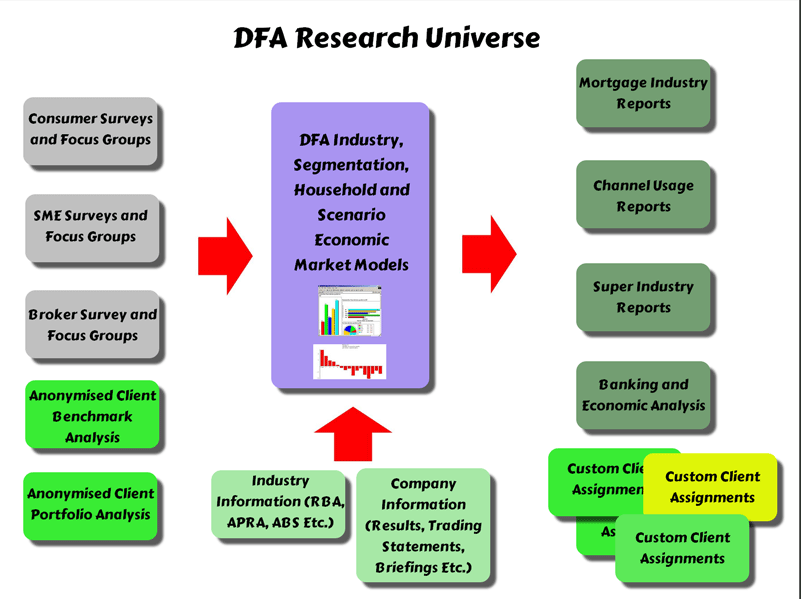From ABC News.
A decade of housing price rises, low interest rates and relatively easy credit has left Australians carrying the second highest level of household debt in the world.
And despite efforts to tighten lending and to address problems in the lending culture, the ABC’s Four Corners program has learnt bank staff and mortgage brokers are still required to meet tough lending targets and some staff are threatened with dismissal if they do not meet the banks’ requirement to sign up more mortgages.
The problems in the lending culture were acknowledged by the banks themselves earlier this year in a review conducted by the former public service chief, Stephen Sedgwick.
Incentive payments and lending targets are still a primary motivator for bank staff.
Internal performance expectations for Westpac bank lenders, obtained by Four Corners, include targets of six-to-nine home-finance requests a week and between two and three home-loan drawdowns a week.
All the big banks have performance targets.
ANZ chief concedes need for further reform
Most bank CEOs, including Westpac, were unavailable for interview but ANZ chief Shayne Elliott did agree to talk to Four Corners.
Mr Elliott said changes had been made and not all the targets were simply sales targets.
“The targets are small in relation to their overall income,” he said.
Mr Elliott said, following the Sedgewick review, 70 per cent of ANZ’s targets were weighted towards good customer outcomes and customer satisfaction.
“[The targets are] not all about sales, not about the number of mortgages,” he said.
Banking regulators have also moved to tighten lending, forcing banks to make investor loans in particular harder to get — but bank staff told Four Corners they still had to meet tough performance targets.
Four Corners has obtained letters written to lenders by bank branch managers at NAB and Bankwest — owned by the Commonwealth Bank.
The letters warned lenders who had not met their targets that their positions were under review, and both canvassed the possibility of termination.
Mr Elliot conceded there was room for further reform in the industry.
“I think, in terms of our own staff, there will always be room for further improvement,” he said.
But he said there also needed to be a greater focus on the incentives driving the mortgage brokerage industry.
“We’re accountable for the lending, but [for] future reform we need to look at the way that the broking industry is also compensated,” he said.
Some brokers agree.
Philip Dempsey, a former mortgage broker, left the industry after growing increasingly uncomfortable with the commission-only payment system.
“Brokers are under extreme pressure — most of them don’t have a base salary,” he said.
Mr Dempsey said most brokers also had lending targets they had to meet — some as high as $3 million a month.
He said if the targets were not met, the brokers were forced out of the industry.
“There have been people in the industry who have been lending clients too much money, encouraging them to borrow more than what they can comfortably afford,” he said.
A ‘perfect storm’ of issues
Australian banks now hold at least 60 per cent of their loan assets directly to housing.
Concern is growing among some economists and former bankers about the impact of any housing downturn on the banks and on the wider Australian economy.

 Photo: Martin North said he had never before seen what he called a "perfect storm" of issues coming together. (ABC News)
Photo: Martin North said he had never before seen what he called a "perfect storm" of issues coming together. (ABC News)
Finance data analyst Martin North conducts a continuous survey of individual household debt and mortgage stress.
He said he had never before seen what he called a “perfect storm” of issues coming together.
“We’ve got very high household debt. We’ve got very high house prices. We’ve got households in some degree of difficulty already,” he said.
“You only need a small consequential change, a small increase in the cost of fuel and stuff, to be able to actually really create that pain point.
“There are a good number of households who are really up against it now.
“It’s a house of cards, I think. It doesn’t take much to see how it could actually go pretty bad.”
Another economist who has raised the alarm is former banker Satiyajit Das.
He said the 60 per cent exposure to mortgage debt in Australia’s banks was “extremely high”.
That figure “is at least 20 per cent higher than Norway, and also higher than Canada, which is a very comparable economy to Australia”, he said.
Australia’s feverish housing market has contributed but Mr Das said other countries that had experienced rapid house price rises did not have the same potentially dangerous exposure.
“One of the biggest housing bubbles in the world is Hong Kong, but the Hong Kong banks have only got exposure to the housing market of around 15 per cent,” he said.
Exposure to housing debt at Australian levels, Mr Das said, would leave banks more vulnerable in the case of any housing downturn.
“If there is a downturn then obviously the losses will build up quite quickly,” he said.
‘Massive affordability problem’ will exacerbate downturn
Gerard Minack, the former head of developed market strategy at Morgan Stanley, said Australia had been led down this path by current tax arrangements and lenders who had been increasingly willing to leverage up borrowers.
This, he said, had created “a massive affordability problem” that will exacerbate the pain associated with any downturn.
Australia now has a household-debt-to-income ratio of 190 per cent.
“For every $1 of household income, there’s [nearly] $2 of debt,” Mr Minack said.
“I can’t think of a single economy that’s had a downturn with that much debt where it’s not been a deep downturn.”
Mr Elliot said ANZ was comfortable with its current loan exposure.
“It is a healthy mix at about 60 per cent, ” he said.
“The reality is that housing loans are pretty good because they’re quite diverse in terms of lots of really small loans across the country.”
Mr Elliot said the impact of a downturn on the bank would depend on its nature.
“It’s something we look at incredibly seriously because it’s in our best interest to make sure that our risk is well managed,” he said.
 You can listen to the discussion.
You can listen to the discussion.




